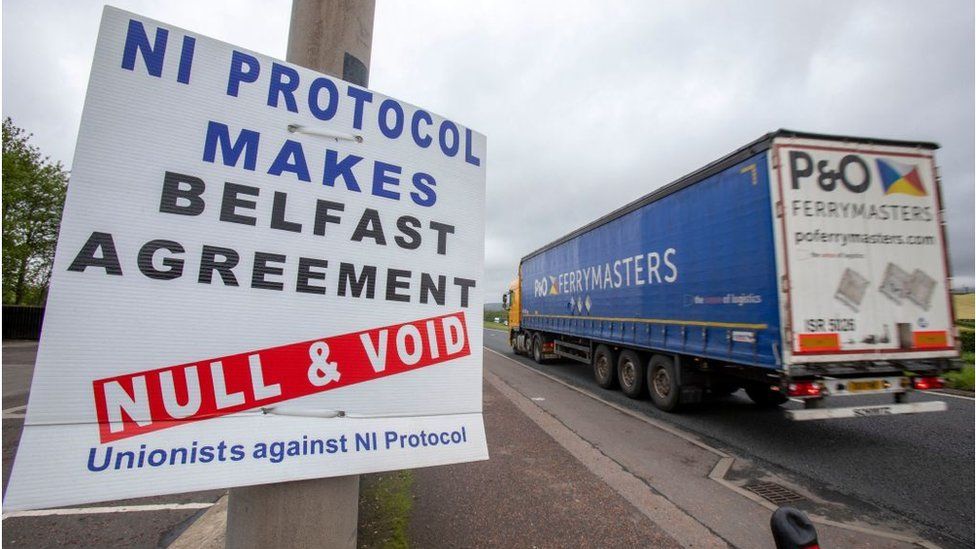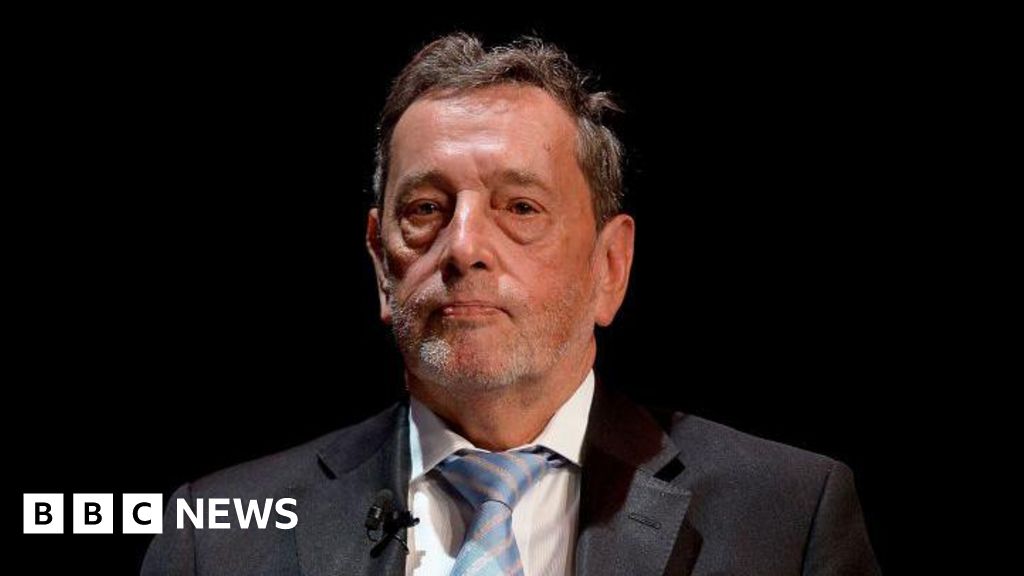ARTICLE AD BOX
By Jayne McCormack
BBC News NI political correspondent
 Image source, Getty Images
Image source, Getty Images
The government's controversial Northern Ireland Protocol bill has cleared the House of Commons.
It passed its third reading - the final stage in the Commons - by 267 votes to 195.
It goes to the Lords in the autumn.
Meanwhile, the SDLP is seeking to recall the assembly at Stormont to "test the integrity of the DUP" over its commitment to power sharing.
Party leader and Foyle MP Colum Eastwood said that given the progress of the Northern Ireland Protocol bill, "Jeffrey Donaldson's paper thin excuses for collapsing the assembly have evaporated".
The Democratic Unionist Party (DUP) is refusing to return to power sharing at Stormont due to its opposition to the protocol.
Its leader, Sir Jeffrey Donaldson, said the protocol bill needed to make "clear progress" in Parliament before he would contemplate a return to Stormont.
What is in the Northern Ireland Protocol bill?
The UK government published plans for the bill earlier this month. At the centre of the proposal is the concept of green lanes and red lanes for trade.
- Goods coming from Great Britain into Northern Ireland and which are staying would use the green lane. This means there would be no checks and paperwork would be minimal
- GB goods moving through NI into Ireland or the wider European Union would use the red lane and continue to be checked at NI ports
London also wants any trade disputes resolved by "independent arbitration" and not by the European Court of Justice, and for Northern Ireland to benefit from the same tax breaks as elsewhere in the UK.
Mr Eastwood said: "Jeffrey Donaldson is running out of road. He cannot continue to hold our people to ransom while he plays power games in London.
"The SDLP, as the opposition to the division and deadlock that has gripped Stormont, will provide an opportunity for MLAs to get back to work."
A recall petition requires the support of 30 or more assembly members to be valid.
It would then be up to outgoing Speaker Alex Maskey to arrange a sitting of the assembly.

 2 years ago
23
2 years ago
23








 English (US)
English (US)